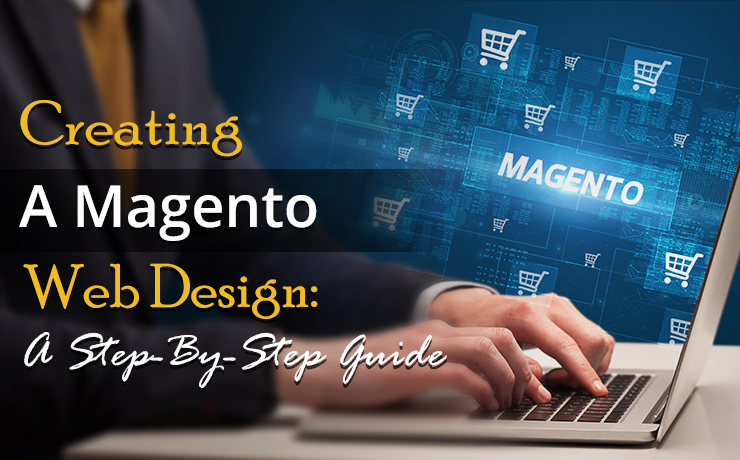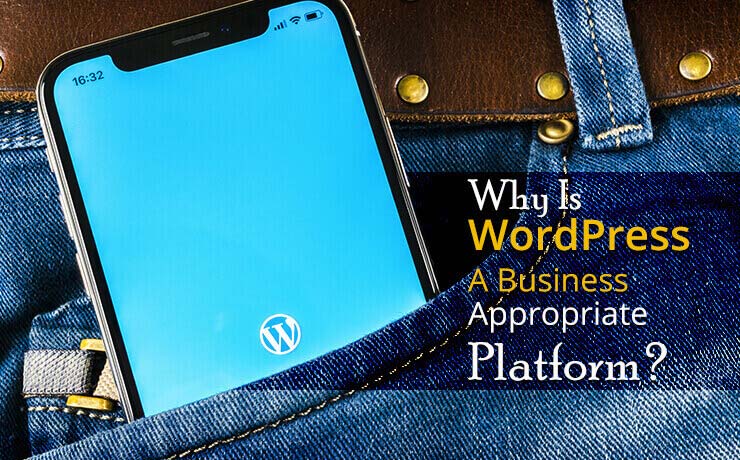Creating A Magento Web Design: A Step-By-Step Guide

Clement Foo
Senior Digital Content Manager

Magento, one of the leading e-commerce platforms, offers unparalleled flexibility and scalability for businesses. A Magento web design that is well-structured and aesthetically pleasing can significantly elevate user experience and conversion rates. This guide will walk you through the essentials of creating a cohesive and engaging design for your Magento store.
Understanding Your Brand Vision
Embarking on the journey of creating a Magento web design necessitates a deep dive into understanding your brand’s core vision and values. This step is foundational, serving as the compass guiding all subsequent design choices. Every element on your website, from color palettes to font choices, should resonate with what your brand stands for.
Your brand vision goes beyond just your company logo or tagline. It’s an embodiment of the emotions you want visitors to feel, the story you wish to tell, and the promises you commit to deliver. Do you want your brand to be perceived as luxurious and exclusive, or friendly and accessible? Perhaps you prioritize sustainability and wish for your website to echo this commitment through earthy tones and imagery.
Beyond aesthetics, your brand vision also influences user experience. A brand prioritizing transparency, for instance, might focus on clear product information and easy-to-find customer testimonials in its Magento web design.
In essence, truly understanding your brand vision ensures your website becomes an authentic digital reflection of your business, facilitating deeper connections with your audience.
Selecting a Theme
When you’re crafting a Magento web design, the selection of the right theme is paramount. This choice can make or break the user experience, playing a pivotal role in setting the tone for your entire online storefront. Given Magento’s vast repository of themes, making an informed decision requires careful consideration.
Start by aligning your theme selection with your brand’s aesthetics and functionality requirements. The theme should not just resonate with your brand colors and style but should also cater to your specific e-commerce needs. For instance, a brand with a vast inventory might require a theme that supports multiple product categories seamlessly.
But there’s more to themes than just visual appeal. In today’s digital age, features like mobile responsiveness, SEO optimization, and fast load times are non-negotiable. A theme might look visually striking, but if it compromises on speed or isn’t optimized for search engines, you might lose out on potential traffic and conversions.
Moreover, considering future scalability is essential. As your business evolves, your website will need updates and tweaks. Choosing a flexible theme that allows for growth, and is compatible with the latest Magento versions, ensures your site remains relevant and functional.
Homepage Design Considerations
The homepage of your Magento website acts as the virtual gateway to your business, often forming the first impression for many visitors. Therefore, meticulous attention to its design can significantly impact user engagement and conversion rates. A well-structured homepage is akin to a storefront window, inviting visitors in, while succinctly conveying your brand’s essence.
Begin with a clear and intuitive navigation bar. This crucial element guides users to various sections of your site, enhancing user experience by making it easier for them to find what they’re looking for. The placement, font, and style of the navigation bar should align seamlessly with the overall design ethos.
Engaging visuals play a pivotal role in capturing user attention. High-quality images, especially those that resonate with your brand or showcase your products, can create an immediate connection with the visitor. Strategically incorporating banners or slideshows can further spotlight promotions, events, or best-selling products, enticing users to explore further.
Product Page Optimization
The product pages are where conversions happen. Ensure they are meticulously designed with high-resolution product images, clear descriptions, and an easy-to-locate ‘Add to Cart’ button. Additionally, integrate user reviews, related product suggestions, and clear pricing details to provide a holistic shopping experience.
Ensuring Mobile Responsiveness
With a significant chunk of online shopping happening via mobile devices, it’s imperative to ensure your Magento web design is mobile-friendly. A design that automatically adjusts to different screen sizes will enhance user experience and potentially increase sales. Test your website on various devices to ensure seamless navigation and optimal viewing.
Final Touches and Testing
Before going live, review every element of your design. Ensure that all links work, images load correctly, and pages transition smoothly. It’s also a good time to conduct load-time tests and ensure that the website design is up to mark. Once you’re confident in your design’s functionality and appearance, you’re ready to launch. Creating a Magento web design is a delicate balance of aesthetics and functionality. By understanding your brand vision, selecting the right theme, optimizing home and product pages, ensuring mobile responsiveness, and meticulous testing, you can craft a Magento store that not only looks great but performs excellently. As e-commerce becomes more competitive, having a well-designed and user-friendly platform can significantly set your brand apart.
 Free
Consultation
Free
Consultation Free
Google Ads Audit
Free
Google Ads Audit







